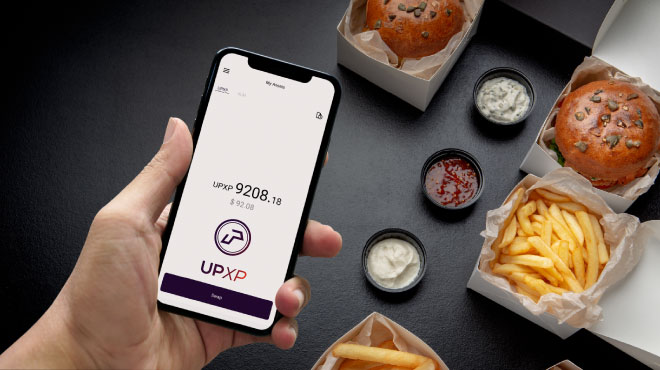

Anthony likes helping people reach their true potential. Being the victim of his own fears and insecurities in his own business, he has decided to help others create more opportunities.
Artificial intelligence is not fantasy any more. Computers, softwares and algorithms are starting to equal human intelligence in an increasing number of areas. Facial recognition is one of those things that seemed impossible for a computer 10 years ago. Fast forward to today and it’s a reality and it’s even coming to the restaurant industry. Some fast food restaurants are already testing facial recognition softwares to facilitate the ordering process. There are still a fair number of challenges to overcome before it becomes mainstream. Should you pay more attention to this kind of technology or keep calm and carry on? Let’s dive into the ins and outs of facial recognition to see whether the food industry is on the brink of yet another revolution.
The main advantages of facial recognition
Loyalty programmes are essential for business prosperity. Most restaurant owners know that. Setting one up is another matter altogether. Loyalty cards tend to be left home. People are members of a gazillion different loyalty programme so in the end, they forget what they signed up for. Not to mention, most people never sign up for a loyalty programme because they have to go online to activate their accounts and enter their data, which they claim they have no time to do.
With facial recognition, the software stores the person’s face and what they ordered the last time. This way they don’t have to subscribe to anything and they are personally greeted by the software each time they show up. If they agree, the software can store their payment method so that they don’t even have a carry a wallet to be able to pay.
While these things can seem frightening to a lot of people, it’s important to bear in mind that credit cards were equally scary the first time they appeared. Nowadays, few people can live without a credit card. Most of the time, technologies we initially distrust do improve our lives. That doesn’t mean the system is free from a certain number of drawbacks.
The problems with generalising facial recognition
The most obvious threat is that countries will turn into Orwellian nightmares. Looking at what’s happening in China, that threat is undeniable. Let’s keep our focus on the restaurant industry for now. If the technology is beneficial in KFC, what about the rest of the restaurant industry? Fast food restaurants already do a lot of things differently. Most of the time, people order from the kiosk and then collect their order. This ensures efficiency, but doesn’t make the experience special in any way.
In a regular restaurant, it’s all about the experience. Some people may not want to be recognised at one place at a specific time. That’s why they don’t systematically use their credit cards. The question of privacy is undoubtedly central. That may mean that restaurants refusing to use facial recognition will attract people who do not wish to be recognised.
One other drawback is that, as the software stores the customer’s preferences to make suggestions in the future, the person may end up ordering the same thing over and over. In a fast food, it doesn’t really matter, but in a restaurant, they may end up getting bored and go somewhere else.
So is it time to invest?
Apart from KFC in China, the only known restaurant today to use such a technology is Caliburger, in California. Since they are only at the trial stage, it’s too early to speculate whether they will make long term benefits from it.
Right now the time is not ripe for facial recognition in restaurants yet. Since only a handful of companies can provide it, the cost is only likely to be extravagant. With the speed that things are going at, however, the situation may change. It will take a while before they come up with a system that can provide a guaranteed return on investment, but it can happen.
It’s still important to bear in mind that people love innovation. As with any trend, you don’t want to be the last to jump on the bandwagon. The best thing to do at present is to keep an extra close watch on new technologies, of all kinds.
Wrap-up
Artificial intelligence can be scary. Our privacy is becoming a thing of the past. Either people will start rejecting anything that violates their privacy rights or they will embrace every attempt businesses make to personalise their services to them. If we look at the past ten years, the tendency has been to let go of the concept of privacy. Facial recognition may well be a step people are more than ready to take.






Comments